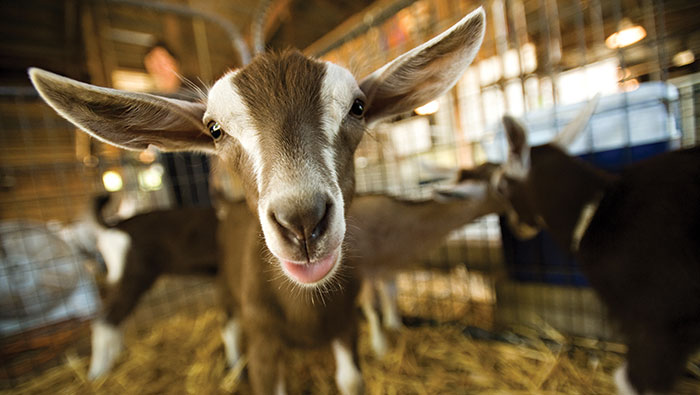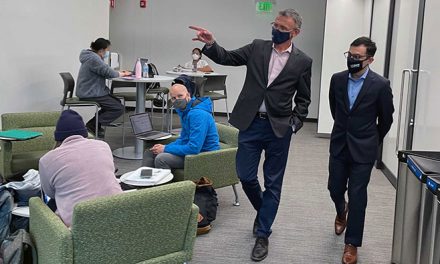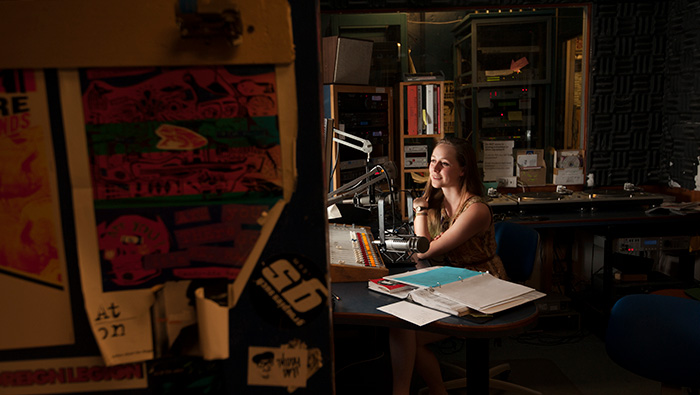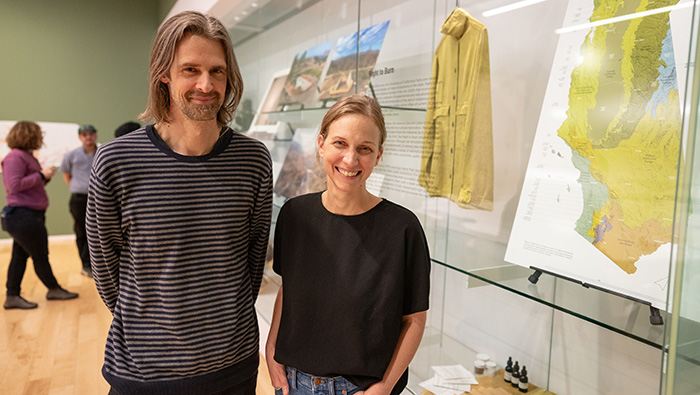
Milking It
Some of the roughly 1,000 students who study goats in their courses each year will now be able to learn how to process their milk and make goat cheese.
Construction is underway on a 2,400-square-foot dairy goat parlor and creamery, scheduled to be completed in June, south of campus and adjacent to UC Davis’ existing goat barn and pens.
The facility will serve as the last step in the dairy goat process, said professor Anita Oberbauer, the College of Agricultural and Environmental Sciences’ associate dean for agricultural sciences. “We grow their feed on campus, raise the goats, and now we will be able to market their products — and students will be involved in every step, in true experiential learning.”
The Noel-Nordfelt Animal Science Goat Dairy and Creamery will include a milking parlor, milk room, clean room, aged cheese room and packing room. (It received financial support from the Noel Dairy Goat Research Fund and the Betty Nordfelt Memorial Research Fund.) The cheese and milk produced there might eventually be sold or used in campus eateries, Oberbauer said.
New courses and internships could also be added once the facility is complete, and the facility could play host to community workshops, like ones for homestead cheesemakers looking to hone their skills. The dairy goat industry has exploded in popularity in recent years, and with that comes a need for scientific research on cheese-making and the care, breeding and management of dairy goats, Oberbauer said.
“The UC Davis goat dairy and creamery will allow students to become skilled in the management of production — from the animal to the product,” she said.
The university’s herd of dairy goats is just one of three groups kept at the Goat Teaching and Research Facility — meat and transgenic research goats are also raised there, with the total number of animals fluctuating between 150 and 250. The transgenic research goats are genetically engineered dairy goats that produce higher levels of an enzyme naturally found in human breast milk, with the hope of eventually using goat milk to help protect children in developing countries from the harmful effects of diarrhea. Their milk is solely used for research and isn’t consumed.
About 100 students take courses at the Dairy Goat Teaching and Research Facility each year.









